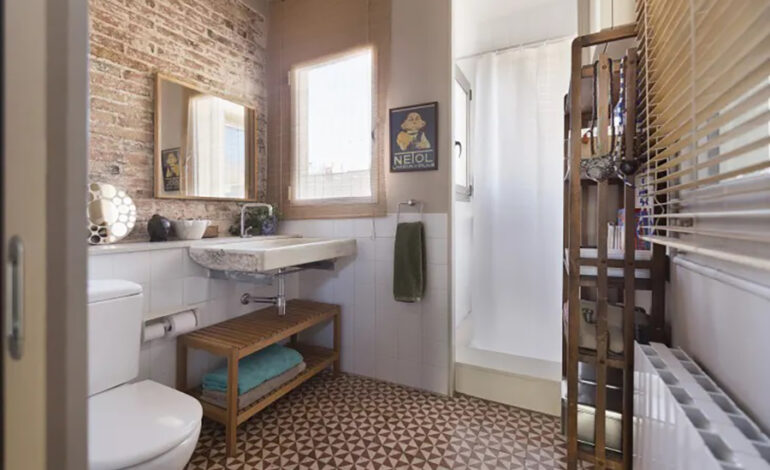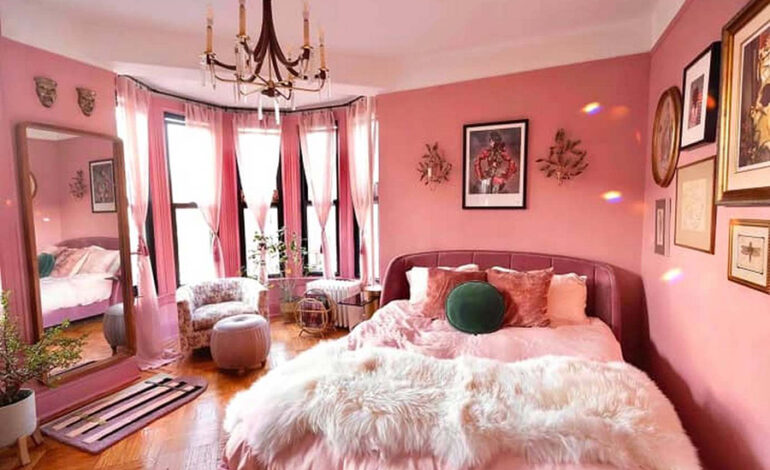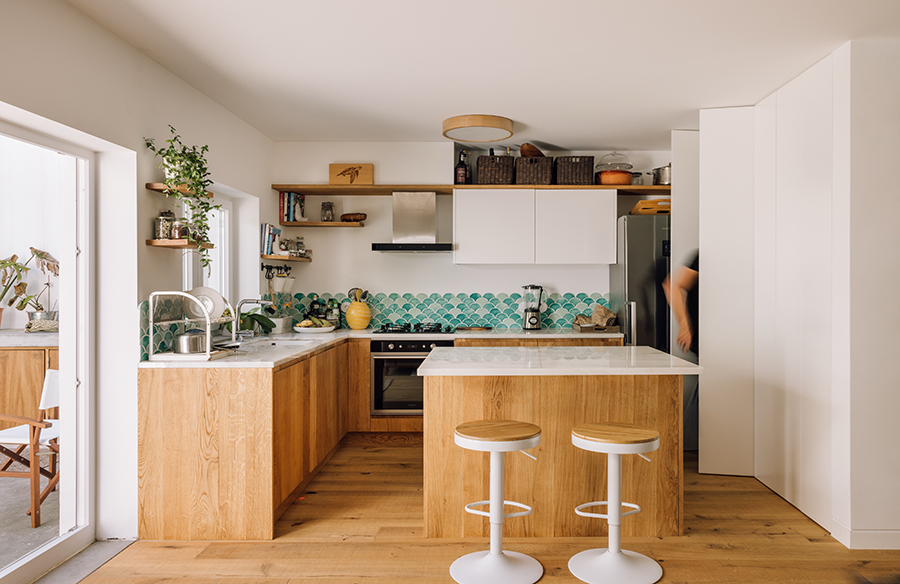Understanding Traditional and Contemporary Design
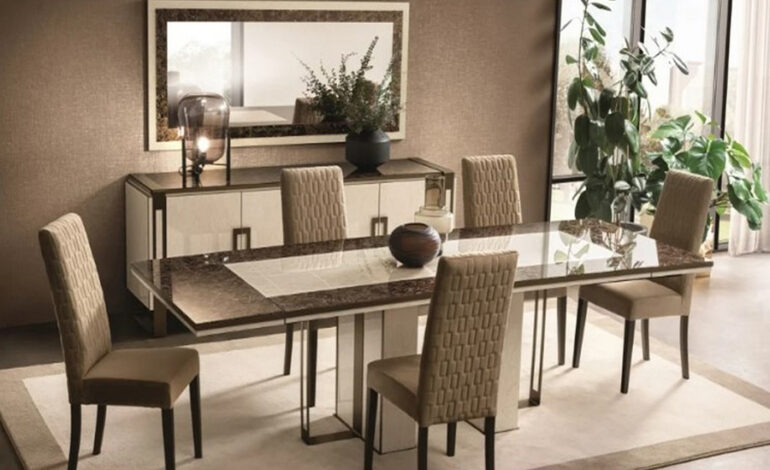
Italian interior design has long been synonymous with meticulous attention to detail and a penchant for refined elegance. The diverse aesthetic trends within Italian furniture are celebrated globally for their ability to furnish homes in a unique and personalized manner, thanks to an array of color palettes and decorative features.
Grasping the Nuances
However, with the multitude of design styles available, distinguishing between traditional and contemporary design can sometimes be challenging. These styles, while sharing conceptual similarities, differ significantly in substance and execution.
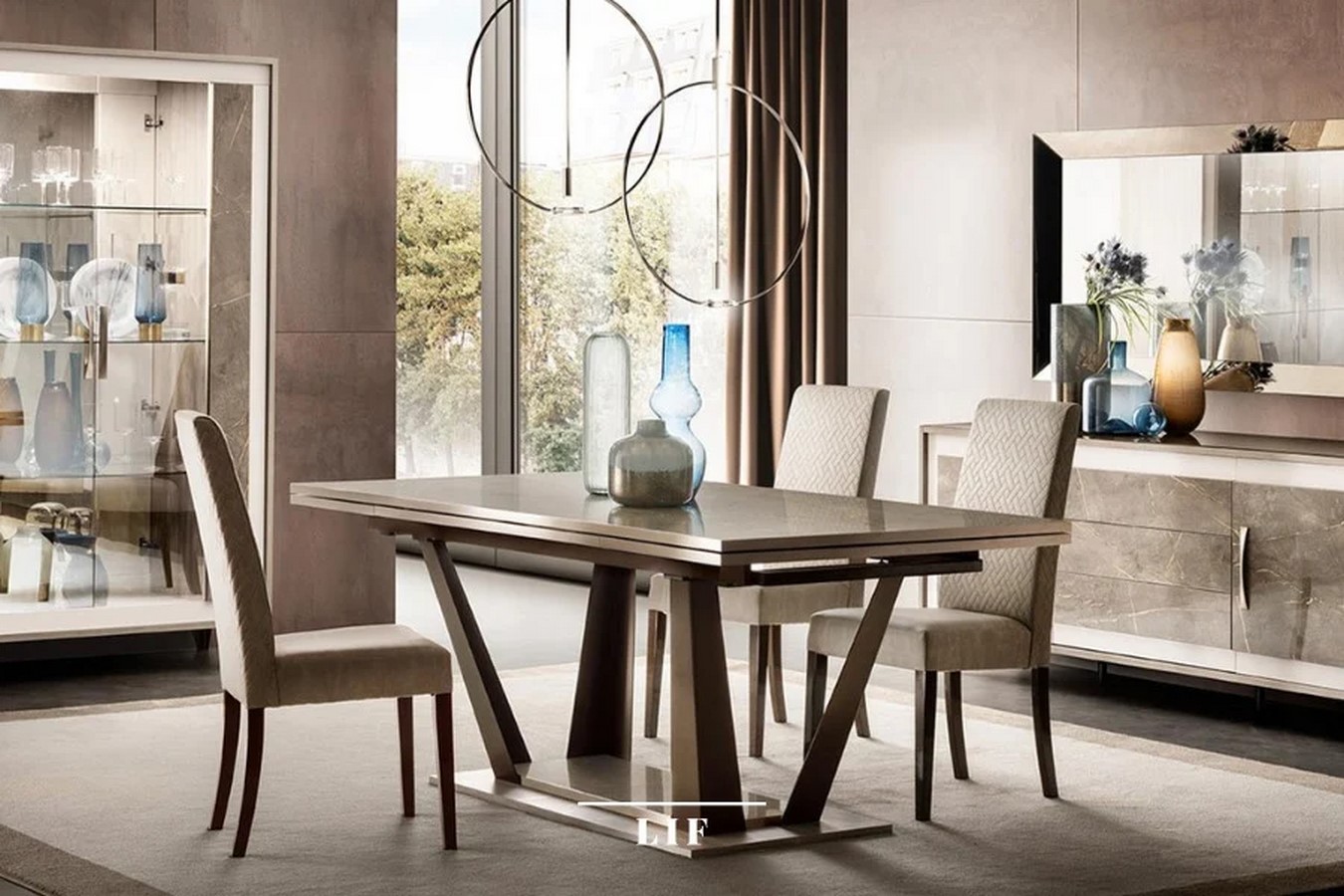
Traditional Design: Timeless Elegance
Traditional design exudes a sense of familiarity and comfort rooted in historical traditions. Drawing inspiration from Greek and Roman architecture, traditional interiors often feature orderly and symmetrical arrangements, characterized by delicate details and refined proportions. Furniture pieces in traditional settings exhibit a balanced harmony, with a preference for classic materials like wood and stone, adorned with intricate embellishments in gold, silver, or brass finishes.
Contemporary Design: Ever-Evolving Versatility
In contrast, contemporary design embraces fluidity and adaptability, constantly evolving to reflect the zeitgeist. Originating around the 1970s, contemporary aesthetics blend elements from various design movements, including modernism and postmodernism. Unlike the timeless allure of classical styles, contemporary design thrives on innovation and experimentation, responding to the ever-changing societal and cultural landscape.
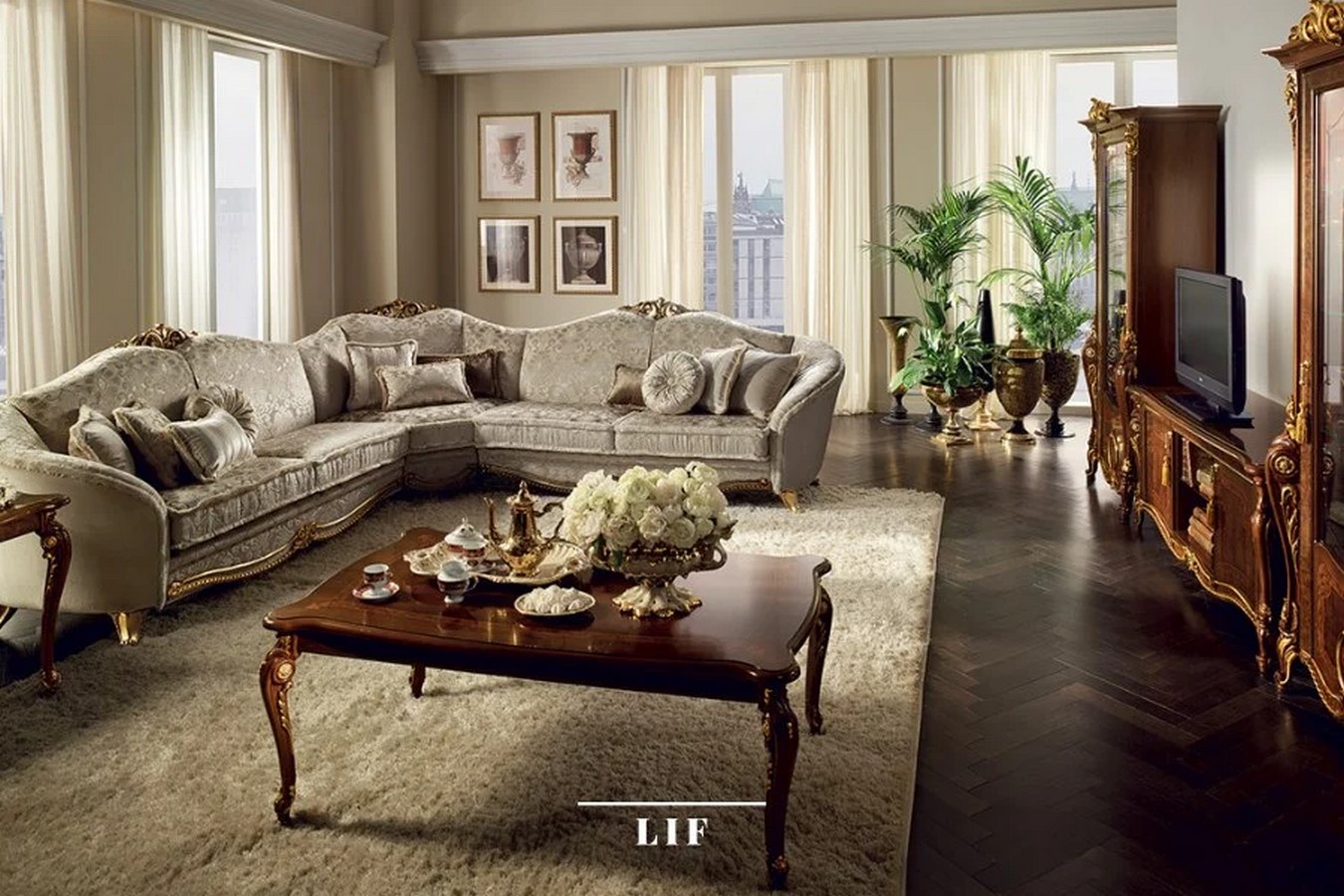
Key Differences
While traditional design emphasizes timeless elegance and historical references, contemporary design prioritizes functionality, versatility, and adaptability to modern lifestyles. Traditional interiors exude a sense of warmth and familiarity, whereas contemporary spaces often feature sleek lines, minimalistic aesthetics, and a fusion of diverse materials and textures.
In essence, traditional design embraces the richness of history and heritage, while contemporary design celebrates the spirit of innovation and progression. Both styles offer distinct aesthetic experiences, catering to diverse tastes and preferences in home decor.
Whether you gravitate towards the timeless charm of traditional interiors or the dynamic allure of contemporary design, the key lies in creating a space that resonates with your personal style and enhances your daily living experience. Ultimately, your home should reflect your unique personality and lifestyle, providing a cozy and impeccably furnished sanctuary for relaxation and enjoyment.



